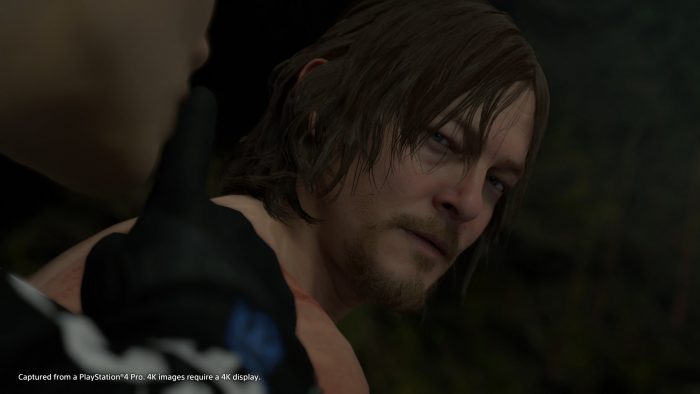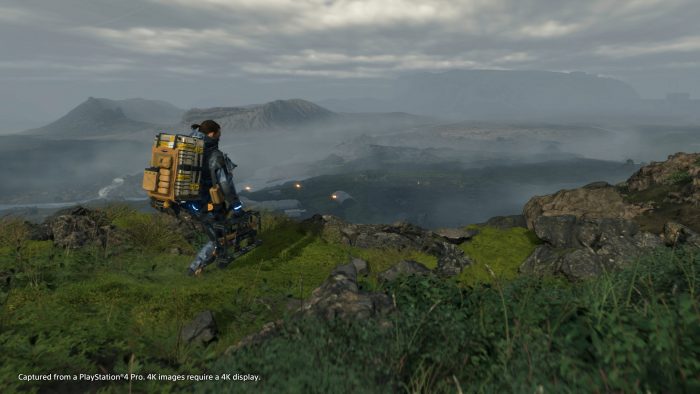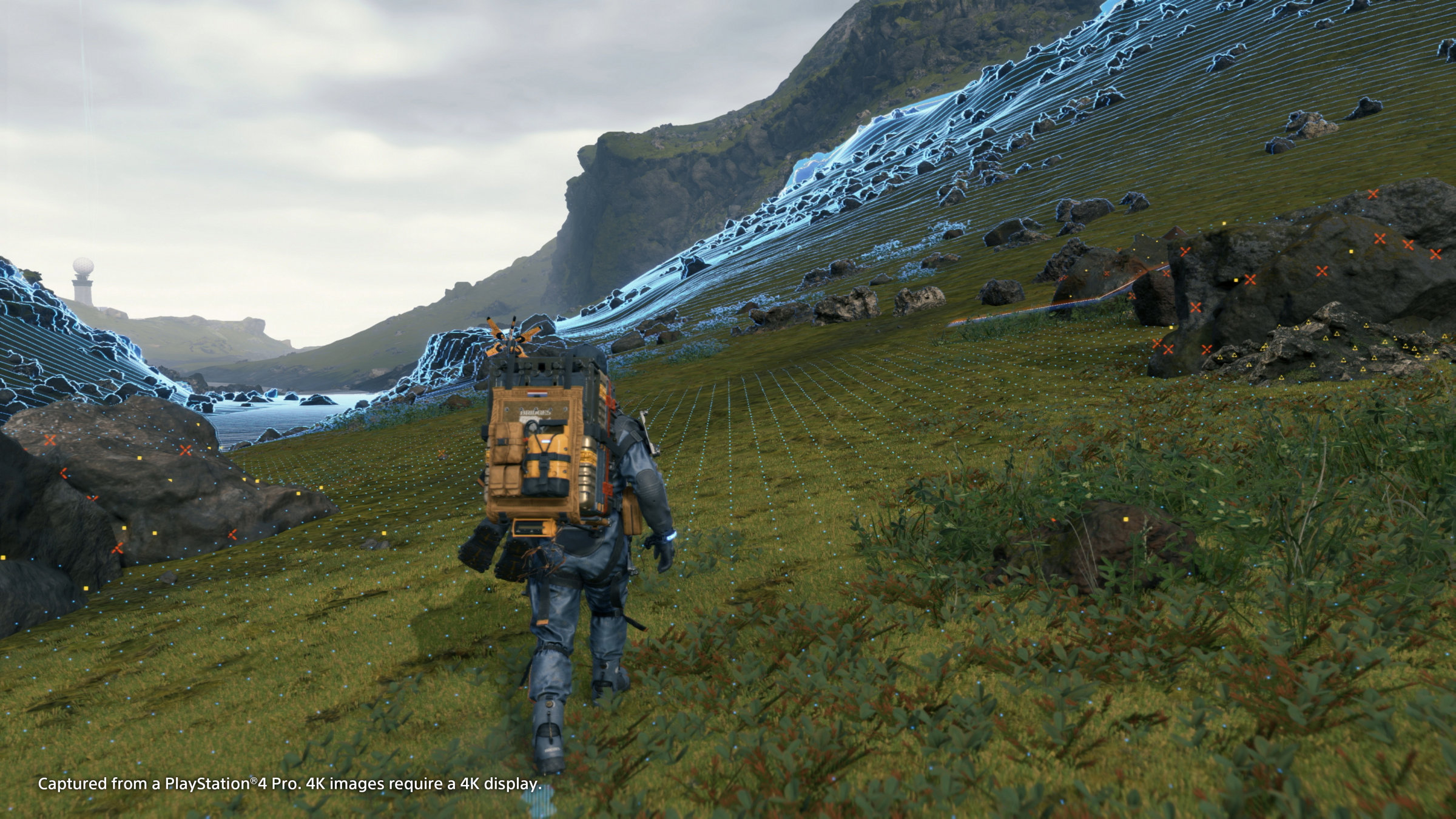From time to time, SideQuesting’s Editors like to head back into gaming’s vaults to take another look at a game from a fresh perspective, or even the first time through an experience. Today, Tylor takes us through 2019’s Death Stranding from Kojima Productions.
Death Stranding is unapologetically confident in what it sets out to achieve with both its gameplay mechanics and uniquely crafted story. While it doesn’t hit the mark the entire way throughout the journey, I feel that most of its ambitions are executed incredibly well. There are deeply engaging gameplay elements that I haven’t truly experienced in other games, unforgettable characters I couldn’t help but feel connected to, and moments of frustration that are later rewarded with moments of levity and comfort. I’ve tried to explain what this game is to others because it’s unlike anything I’ve experienced, and that explanation becomes seemingly more impossible the more I try. loans-cash.net
Hideo Kojima is an iconic name in this industry, but that name was built on the back of a very popular and critically acclaimed stealth action series, Metal Gear Solid. While Metal Gear is recognized by its military themes, stealth action gameplay, and creative boss fights, most of – or all of – that has been set aside for Death Stranding. Without a moment of doubt, that’s easily what I love most about it, even though stealth action and action-adventure are two of my favourite genres in this medium. Kojima has taken a huge risk with his vision for this project, and the fact that anyone is willing to fund something so out of the ordinary, and what would seem to be unsure from its conception, is something I’ll always be thankful for.
The concept of Death Stranding was never entirely clear in the initial marketing material, but it begins to explain itself after spending about one to two hours with the game. Its core gameplay is simply traversing from point A to point B as effectively as possible, and the mechanical focus lies heavily in one simple action – walking. There are moments of stealth, and moments of action, but where the game tends to shine and excel most is within the mechanics of traversing its stunning, yet unforgiving landscape. Using the left and right triggers to balance, I took countless steps through one of the most uniquely astonishing experiences I’ve ever had.

We play as Sam Porter-Bridges, who’s job is to deliver freight in a post apocalyptic world where that task is increasingly more dangerous by the day. This is due to the large mountainous landscape and the presence of BTs, which are paranormal, ghost-like entities that feed on the living. Because of the inherent danger that exists, the labor of making deliveries is highly appreciated by the people who inhabit this world; the service is heavily relied on under their circumstances so a porter is seen as brave and heroic. Through events that I won’t spoil, Sam is compulsorily tasked with reconnecting the remnants of America by bringing each city that still stands onto the Chiral Network; a network that allows for easier communication and access to 3D printing schematics for resources. This all sounds extremely mundane and tedious, and to be honest with you, it can be at times, but not so much to disrupt the interest which entices me to continue playing.
We’re tasked with planning our delivery and getting to our destination without damaging or losing our cargo. Each tool and each piece of cargo has a set weight and volume, and there is a limit to how much we can carry, which adds depth to the strategy of planning our trip. We draw our route on the map and select our tools based on what we can carry, and what objectives we expect to encounter. The more cargo we have, the more difficult it is to balance. There’s something satisfying about the delivery preparations that make it worth the deliberation, and it’s varied enough to compel experimentation. For one trip we may prepare to trek over a vast snowy mountain range using an exoskeleton and climbing gear, and for another we might plan to walk through BT territory with anti-BT weaponry — awesome.
In our travels we will need to use tools such as ladders and climbing anchors, and will build structures such as roads and bridges. What is fascinating about these tools and structures is that when they’re left behind by one player, they’ll be at that location in another player’s game to assist them in their own travels. When we stumble across something left by another player, we’re prompted to press the controller’s touch pad to award “likes”, which contributes to their player level such as a form of XP. There are moments where we will be under-prepared in the final stretch of a delivery, only to come across a perfectly placed ladder left by another player, aiding us to our destination. In these moments it only feels appropriate to award them as many likes as possible. Besides creating a sense of community, pressing the Like button has satisfying visual, audio, and tactile feedback — it’s just so good. This inspires us to think differently about how we use our own tools, and which useful locations we should leave them behind in for others. This also creates a new way to engage with the world that feels both productive and gratifying, and truly sets this experience apart from anything else.

You’ve likely seen the trailers, or screenshots, and yes, this game is that beautiful. We interact with every inch of this breathtaking environment in such an engaging way that the beauty of its scenery is somehow amplified by that interaction. After multiple hours with the controller in hand we develop a relationship with the terrain. Each rock is an opportunity to stumble and perhaps damage our cargo. Each cliff is a potential obstacle that we might, one day, surmount in attempt to escape more pressing dangers. Each waterfall presents beauty more rewarding than any number of XP. The somber, and yet uplifting, soundtrack carries us through an adventure that precisely mirrors the music’s ambience and atmosphere. After trudging through some of the most frustrating sequences, climbing an incline while balancing our cargo, fighting tooth-and-nail; we’ll eventually reach the peak where our destination reveals itself in the distance, but still closer than ever. The vista is beautiful, and the serene music cues perfectly timed with the relief that we feel from overcoming that challenge. Each of these elements of reward and feedback are in perfect harmony with each other. In the height of these moments, I can’t help but to be enamoured and impassioned by the execution of this vision; Kojima has accomplished something spectacular.
While my final impression of this game is largely positive, I certainly had my gripes with some of the less appealing elements. There is a little bit of product placement and in-game advertising that feels inconsistent with the world, although insignificant overall. Some of the writing can feel jarring at times. As unique as this concept is, there are cliches and classic story-telling techniques that are obvious, which subtracts from some of the intrigue. That said, this experience is truly incredible. I write this months from completing the game, and when I think of my time with Death Stranding, the things that stick out as memorable to me are the overwhelmingly positive things. The strange homonyms, the environments, the artwork, the music, the eccentric characters and the story. While miles away from perfect, it’s undoubtedly one of my favourite video games ever. If you fall within this specific audience, please do yourself a favour and pick it up. Spend some time in this world, and enjoy the atmosphere – it’s nearly a masterpiece.
This review is based on a retail copy purchased by the reviewer.



No Comments